Pentax K20D
The 14.6MP Pentax K20D is the highest resolution sensor available in a prosumer camera today. There are pro models at $8000 or more that feature even higher resolutions, but the $1299 MSRP K20D is a long way from that price class. When it was introduced in late 2007, the K20D was the first 14MP class camera, and its introduction surprised the photo establishment with a Pentax-designed and Samsung-manufactured CMOS sensor.
Tests of K20D resolution show the highest resolution available in its class at lower ISOs. However, resolution and image quality at higher ISO settings are compromised by the higher noise of the K20D at these settings. It appears Pentax made the conscious decision to use minimum in-camera noise processing at higher ISOs.
Noiseware completely changes the dynamics of high ISO image capture on the K20D. The comparison of JPEG images that have been Noiseware-processed to the original in-camera JPEG images shows a dramatic improvement in image quality, particularly at ISO 800 and beyond.


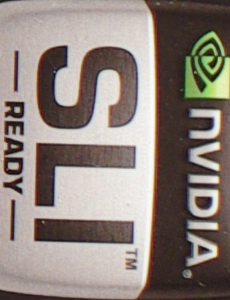
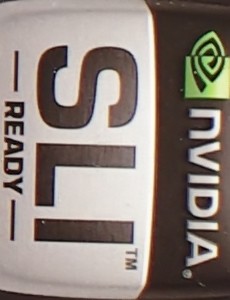
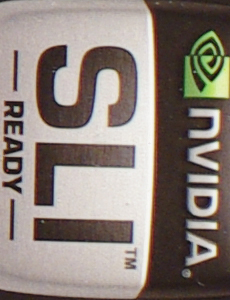

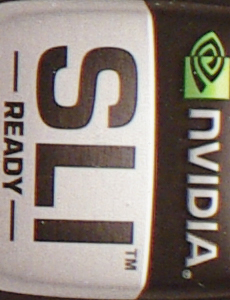
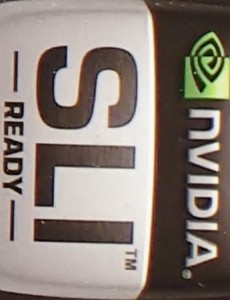
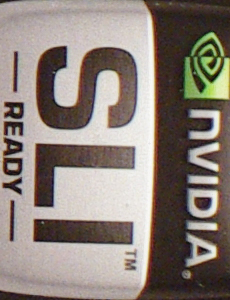
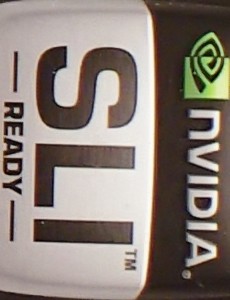
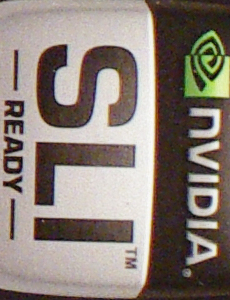
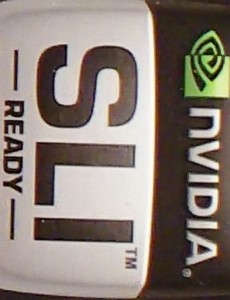
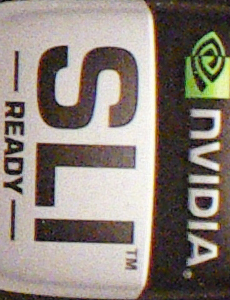
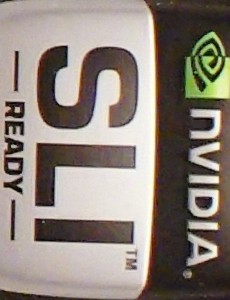
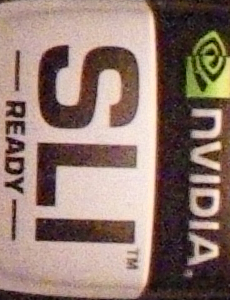
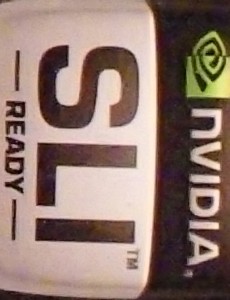








61 Comments
View All Comments
mharris - Monday, July 28, 2008 - link
If you look at the photos, you'll notice that the unfiltered photos are nearly 10x bigger than the filtered photos. So the loss of details is due to a ridiculously low JPEG compression, not the noise filter.B3an - Friday, August 1, 2008 - link
"If you look at the photos, you'll notice that the unfiltered photos are nearly 10x bigger than the filtered photos. So the loss of details is due to a ridiculously low JPEG compression, not the noise filter."Not it's not. Would have thought this was obvious... the file size is lower because of the lower detail in the noise reduction filtered images. This is because of how JPEG compression works. It's the same with any image after noise reduction has been used, it nearly always produces smaller files sizes 'cause of the resulting lower detail.
Baviaan - Monday, July 28, 2008 - link
Are you actually serious? You can't be, look at the amount of detail lost in the photos done by Noiseware. You lose all the detail and the photos look very, very smeared.And compare the 3D to a 1DMK3 or 5D, this comparison is useless.
Wesley Fink - Monday, July 28, 2008 - link
There is no doubt the Nikon D3 is the low-noise champion, but we weren't comparing it to other PRO cameras like the ID Mark III. The comments were comparing relative photosire size across the spectrum of digital SLR sensors.We do agree the ID Mk III at 10 megaixel with a 1.3X (APS-H) crop factor is more directly comparable in photosite size to the D3. The 5D at full-frame 12.8 megapixels is certainly comparable in photosite size if not speed or high ISO performance.
strikeback03 - Monday, July 28, 2008 - link
The 5D is only enabled on-camera to ISO 3200, but plenty of users use effectively higher ISOs by deliberately underexposing then pushing the exposure in post-process with decent results.michal1980 - Monday, July 28, 2008 - link
I agree with others.Are you guys blind? some of thos vacation shots are terrible after the noise reduction. I'd rather stick with the noise in some of them. The beach shot looks ok in the foreground, but as soon as you hit the water its all water paiting.
the sail boat on the water is one of the worst, in the original shot you see waves breaking, and caps. The after processing shot destroy's the feel of the water.
IMHO, alot of the pictures looks better just shrunk (which filter the nose by itself), then they did after noise removal.
Jedi2155 - Monday, July 28, 2008 - link
Same here, there noise reduction seriously destroys the detail present in the images. A lot of the areas of high contrast is destroyed after the noise reduction resulting in smearing.I'm neither a professional or even a prosumer, but it was quite noticeable to me that the details were significantly reduced with the noise reduction where I definitely would not consider this software.
I also could not tell the difference in the low ISO shots for the noise reduction although I am on a 6-bit TN LCD panel so that could probably be the reason. Did anyone else see a difference in the low-ISO shots?
B3an - Monday, July 28, 2008 - link
From the images it's hardly any better than Photoshops noise reduction filter. Messing around with the settings i can get very nearly as good results.And like all noise reduction filters it makes the image lose detail, messes up some colours, and sometimes over sharpens the edges.
I dont think this is good software or worth the money.
eetnoyer - Monday, July 28, 2008 - link
Noiseware on images from any of the superzooms? I often find myself to be a little tentative of taking higher ISO setting shots on my superzoom because of the pronounced noise levels. I would be interested to see some results from some of the different brands' superzoom models.Thanks
guitargeek27 - Monday, July 28, 2008 - link
All in all, I've been pretty disappointed in the Anandtech articles about cameras and image manipulation, the articles gives just a rough idea what noise reduction software does, but does not go into settings, original noise levels, or RAW vs JPEG noise levels (lens, apeture, shutter speed, post processing software).If you're a beginner photographer, or just care about software please read. But if you are seriously interested in photography please try a different site or get your hands on a real book.
I think I'm just disappointed about having an amateur write a review as opposed to a pro.